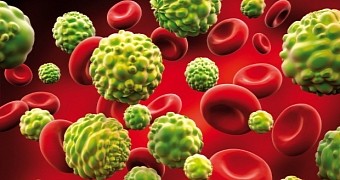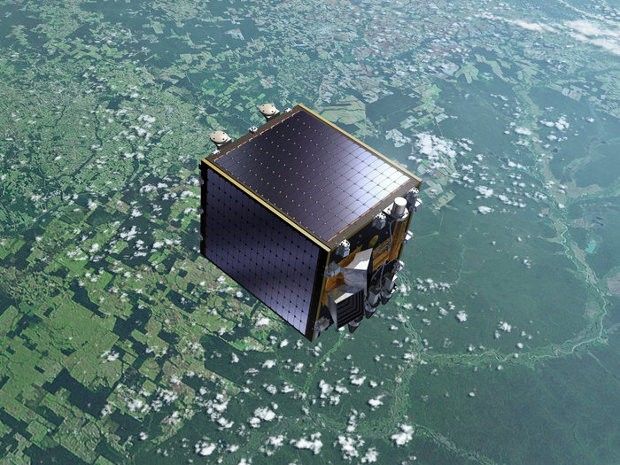It just so happens that, as surprising as this may sound, space technology isn't just for, well, exploring space. On the contrary, gadgets and gizmos initially developed to peer into the wonders of the cosmos or monitor our planet from high up in the sky are often entrusted with more mundane tasks.
For instance, word has it that a group of researchers are now hard at work trying to figure out a way to use a high-tech camera employed by the European Space Agency to monitor vegetation from space to help diagnose skin cancer and other such conditions.
How a space camera could facilitate cancer diagnosis
The space camera in question is the brainchild of Belgian company Xenics. It works by detecting light in the shortwave infrared range and the European Space Agency's Proba-V satellite relies on it to keep tabs on rainforests in South America or crops in Africa.
“To humans, two green trees could look similar. But with this camera, we might detect that one is growing well and the other is unhealthy,” specialist Michael Francois explained in a recent interview.
Given the camera's sensitivity to certain wavelengths, specialists hope to find a way to use it to peek deep into an individual's tissues and identify changes in the makeup of cells that could hint at cancer or some other skin diseases.
Admittedly, there are plenty of scanners out there that are perfectly equipped to deliver detailed images of human living tissues. Still, researchers say that the camera aboard the European Space Agency's Proba-V satellite is way more sensitive.
It is believed that because of how sensitive and accurate it is, this camera could make it possible for medical experts to detect instances of skin cancer or other similar conditions while the disease is still in its early stages and not all that difficult to tackle.
Other potential uses for this technology
As detailed by scientists with the European Space Agency, the camera could also serve to monitor production lines and spot defective items that need to be removed but whose faults are virtually invisible to the naked eye.
What's more, the camera could benefit the developing green energy sector by keeping tabs on the glow of individual solar cells and identifying the defective photovoltaic panels that need to be replaced. This would improve the energy production of solar farms.

 14 DAY TRIAL //
14 DAY TRIAL // 

